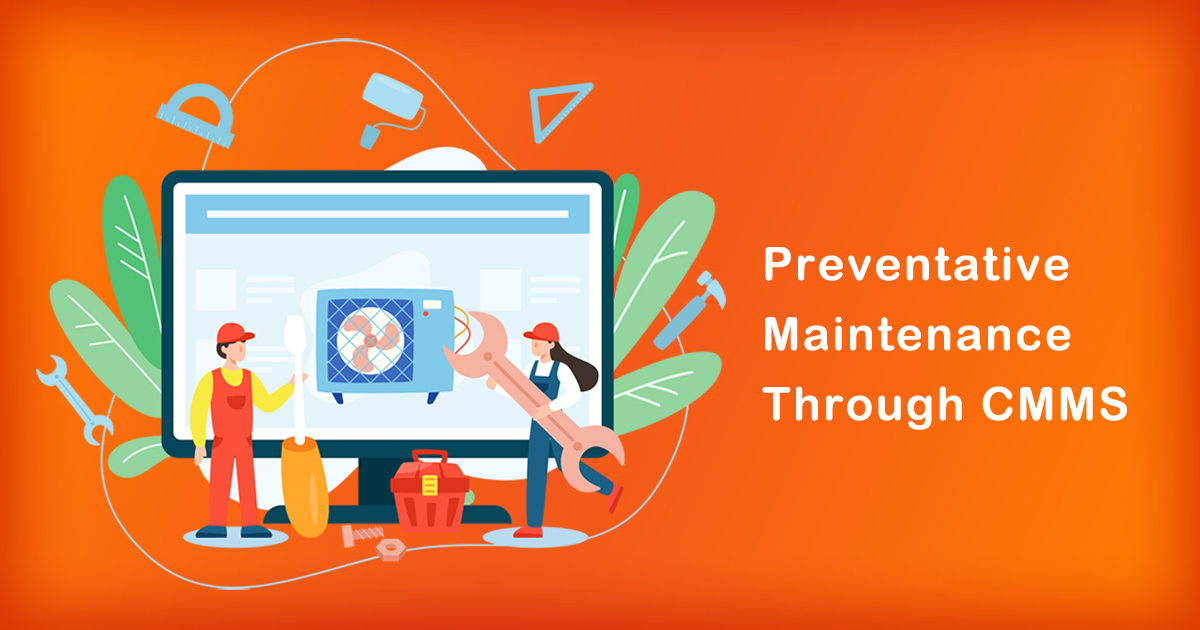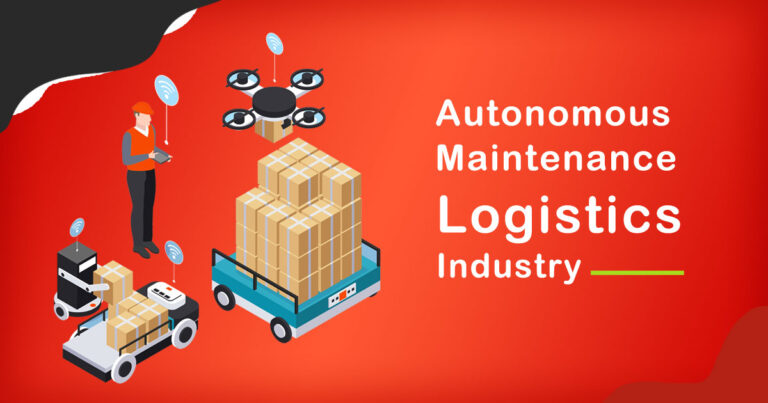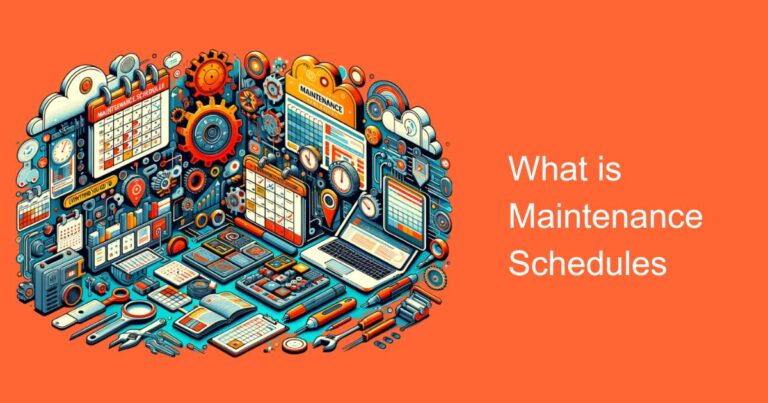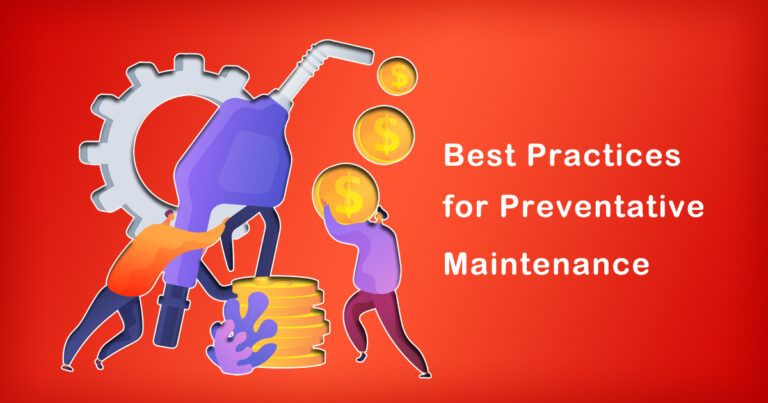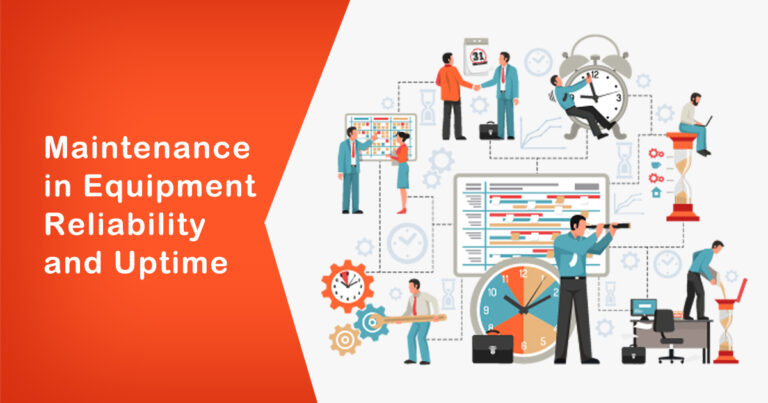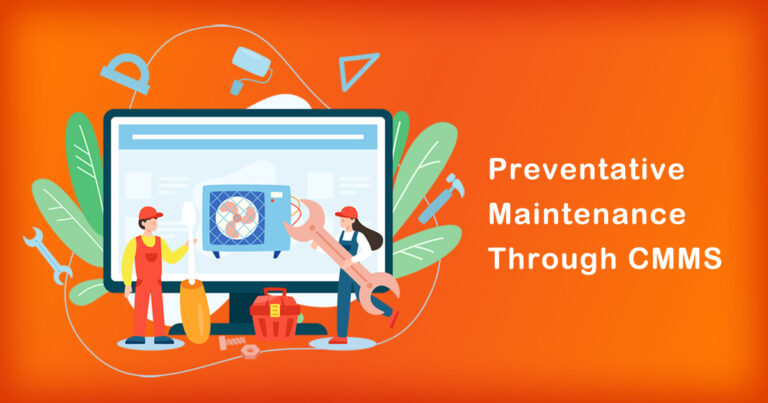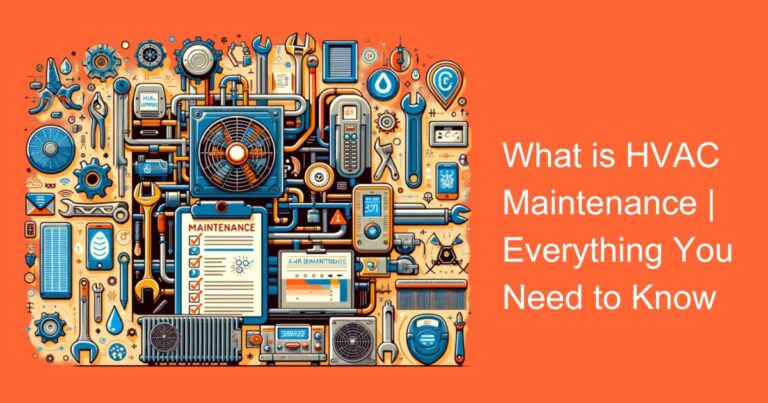Preventative maintenance is a crucial aspect of any facility or equipment management program. It helps to keep assets in good condition, prevent unexpected breakdowns, and ensure safety for employees and customers. However, traditional preventative maintenance methods can be time-consuming and costly, and can even lead to increased downtime and lost productivity. This is where Computerized Maintenance Management Systems (CMMS) come in, providing an efficient and effective way to improve preventative maintenance. In this blog, we will discuss what you need to know about using CMMS to improve preventative maintenance.
What is a CMMS?
A Computerized Maintenance Management System (CMMS) is a software program that helps organizations manage their maintenance operations, including scheduling, tracking, and recording maintenance activities. A CMMS can provide real-time data on equipment performance and help organizations make informed decisions on maintenance schedules, inventory management, and resource allocation.
Benefits of CMMS in Preventative Maintenance
Preventative maintenance is essential for ensuring equipment reliability and minimizing downtime. With a CMMS, organizations can improve their preventative maintenance program in several ways:
1. Streamlined Maintenance Scheduling: CMMS helps organizations to automate maintenance schedules and create reminders, ensuring that preventive maintenance tasks are performed on time.
2. Predictive Maintenance: CMMS can use data from equipment sensors to predict when maintenance is needed, allowing organizations to address potential problems before they become critical.
3. Increased Asset Lifetime: With regular preventative maintenance, equipment is less likely to break down, leading to a longer asset lifetime and reduced capital expenditure.
4. Improved Safety: Regular maintenance ensures that equipment is functioning properly, reducing the risk of accidents and injuries to employees and customers.
5. Cost Savings: By reducing downtime, minimizing emergency repairs, and extending equipment life, CMMS can help organizations save money.
How to Implement CMMS in Preventative Maintenance
Implementing a CMMS in your preventative maintenance program requires planning, commitment, and attention to detail. Here are some steps to get started:
1. Define your Goals: Determine what you want to achieve with a CMMS, such as improved equipment reliability, reduced downtime, or increased safety.
2. Identify Key Performance Indicators (KPIs): Define the metrics that will measure the success of your CMMS implementation, such as equipment uptime, maintenance costs, or mean time between failures (MTBF).
3. Evaluate CMMS Providers: Research and compare different CMMS providers, looking for a system that meets your specific needs, budget, and technical requirements.
4. Develop a Plan: Create a detailed implementation plan that outlines your goals, KPIs, budget, and timeline, as well as any training and support requirements.
5. Train and Support Staff: Ensure that staff are trained on the CMMS and have access to ongoing support to maximize the benefits of the system.
6. Continuously Monitor and Improve: Regularly review your KPIs and adjust your CMMS implementation as needed to optimize your preventative maintenance program.
Conclusion
Preventative maintenance is critical to the reliability, safety, and longevity of equipment. By implementing a CMMS, organizations can streamline maintenance scheduling, perform predictive maintenance, increase asset lifetime, improve safety, and save costs. However, implementing a CMMS requires planning, commitment, and attention to detail. With the right preparation and ongoing support, a CMMS can help organizations to optimize their preventative maintenance program and achieve their maintenance goals.


